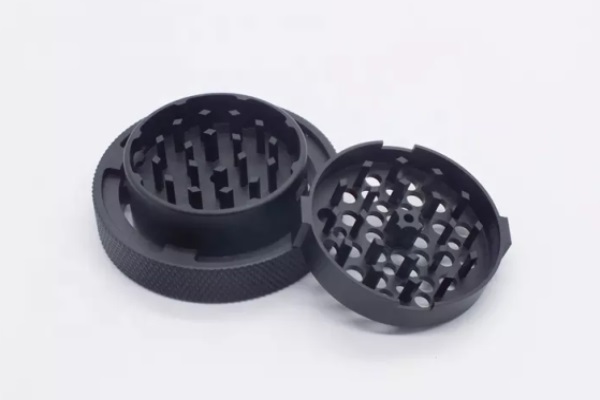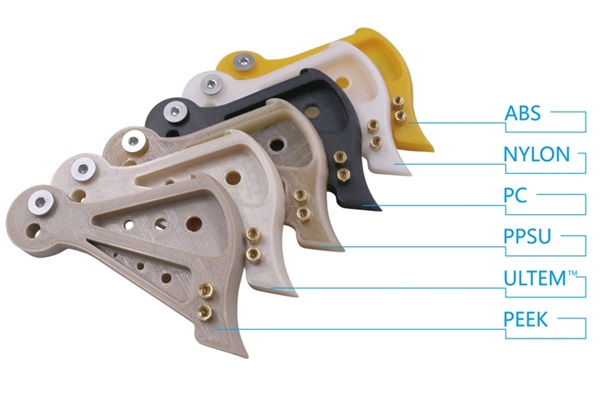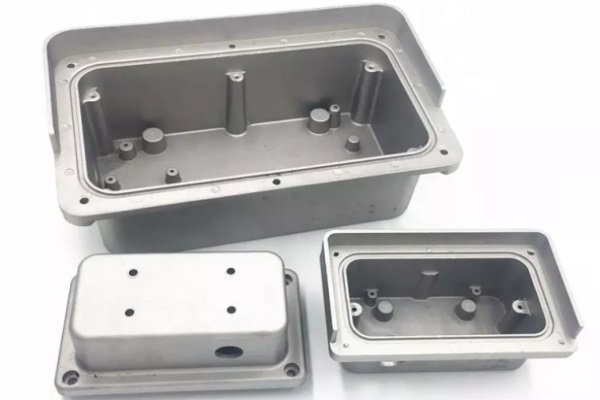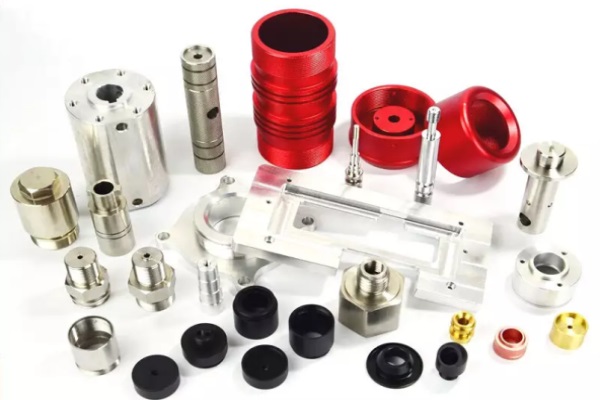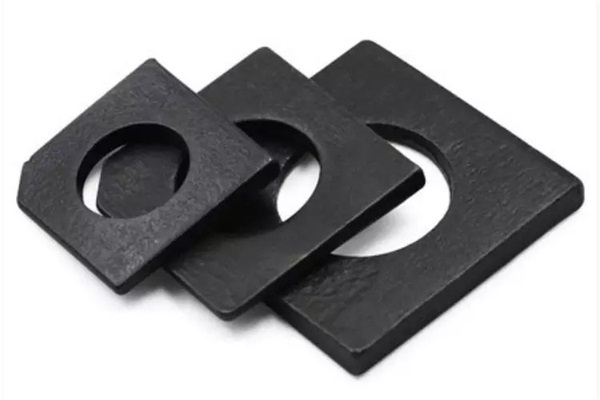A good metal prototype will lead to a better-completed product. Creating metal prototypes is an important part of business in a wide range of industries which include aerospace, electronics, and more. Today, we will discuss how important prototypes are. And when to create it instead of plastic prototypes. We will also discuss which is the best way to create metal prototypes: 3D printing, sheet metal forming, CNC machining, casting, and extrusion. Here at TEAM Rapid, we are able to combine different manufacturing processes to provide solutions to create your prototypes.
Table of Contents
What is a metal prototype?
A prototype is a mock-up of the part. Building a prototype sheet metal before mass production allows designers to test and develop the parts. Here at TEAM Rapid, we can create prototypes with a wide range of materials depending on the manufacturing process. Prototypes are usually created by metal manufacturing methods which include CNC machining, casting, sheet metal forming, and more. Metals for prototyping are aluminum, steel, and any other metal material. Metal is used for pre-production prototypes. The prototypes which are created close to the end part can also be used for early-stage prototypes.
When to make metal prototypes?
In some cases, manufacturers may make plastic prototypes for parts that will be made of metal. Because some prototypes do not have a function and mechanical requirement. They do not need to have strength, ductility, and conductivity. So, if the characteristics are not important, it is better to use a cheaper material. In this case, plastic is a cheaper option.
If the prototypes need to have functions, they should be created with particular material characteristics. In this case, metal is an ideal option. Non-functional prototypes can benefit from metal. For example, if a prototype is used to demonstrate a concept, it will have a better look if it is made from metal material especially the parts that in produced with metal material in mass production.
Building a prototype with metal will increase the chance of upfront investment and commercial success. If the parts will be made with metal in mass production, it is easy to turn a metal prototype into a metal end product. Also, it is not easy to turn a plastic 3D printed prototype into a metal production part.
What are the advantages of metal prototyping?
1. Metal prototyping has better functional and mechanical performance.
2. Metal prototyping are more accurate for testing
3. Metal prototyping have better aesthetics
4. It is easier to turn prototypes into production.
How to create metal prototypes?
Some metal prototypes can be created by only one manufacturing process as their geometry, tolerance, and quantity. Most prototypes can be created by many different methods. So, we need to find the best method to create metal prototypes to achieve the best result, lower the cost and shorten the manufacturing time. Below are some common techniques to create prototypes.
1. CNC machining
CNC machining is an affordable method to create prototypes. During the CNC machining process, CNC machines remove the material from a block of metal by using computer instructions to guide a metal cutting tool. Digital CAD design can be changed between prototypes efficiently. It is easy to create duplicates and distribute the designs. So, CNC machining is a useful prototyping tool. A wide range of metal materials can be used in the CNC machining process. Certain grade of aluminum offers a good combination of value and machinability. As CNC machining does not need tooling and does not require minimum order quantity, CNC machined prototypes are affordable. Because of the subtractive nature of the CNC machining process, there are some material wastages. Here at TEAM Rapid, our 4-axis and 5-axis CNC machines allow us to create complex prototypes with details features.
2.3D printing prototypes
3D printing is also an affordable way to build metal prototyping. Compared to FDM 3D printers which can only create plastic prototypes, metal additive manufacturing machines are more expensive. Here at TEAM Rapid, we use AM technologies such as SLM and DMLS to create 3D-printed metal prototypes. Similar to CNC machining, 3D printing uses digital design to create prototypes. It allows fast design changes. Metal 3D printing offers geometrical flexibility. Metal 3D printed prototypes can have a complex feature which includes complex internal sections because they are created layer by layer instead of cutting away from block material. 3D printing surface finish of metal prototypes is no less impressive than other forms of metal prototypes. 3D printing prototypes need surface finishing treatment to solve this problem. There are several metal materials available in AM powder form but there is less metal material selection than in other processes.
3. Sheet metal prototypes
Sheet metal fabrication is a group of processes that include cutting, deformations, and assembly of sheets of metal. Sheet metal fabrication is used to create functional products such as enclosures, industrial parts, and brackets. It is worthwhile to build functional metal prototypes by the same sheet metal technology which will be used in mass production. The sheet metal forming process involves laser cutting, bending, punching, spinning, and welding. Sheet metal prototypes are strong, durable, and have high quality. It is expensive to create sheet metal prototyping if multiple sheet metal forming processes are needed. For example, a right-angle bracket with holes prototypes needs machines including a laser cutter, brake, and punching machine. A similar prototype can be made by only CNC machines and 3D printers. If you need several copies of prototypes, sheet metal fabrication is useful.
4. Metal casting prototypes
During the metal casting process, the liquid metal is poured into a mold to create the designed shape of a part. As metal casting needs specialist equipment and it is an expensive process to build the mold, metal casting is not considered a prototyping process. So, metal casting is not an economic way to create only one or two prototypes. Here at TEAM Rapid, we offer a special way to make metal prototypes by casting. With investment casting, we use a 3D printer to build a wax mold which can be used to build a mold for casting metal prototypes then. With pressure die casting, we reduce tooling costs in many ways. One method is to create a simple mold and add features after casting by a CNC machine. This way is only suitable for a low volume order. Casting metal are expensive. The tooling can bridge production which will save money in the long run.
5, Metal extrusion prototypes
Metal extrusion is not considered a prototyping process. During the extrusion process, metal material is formed by a shaped opening in a die, producing an elongated product with a uniform cross-section. Metal extrusion is suitable for high-volume orders. It is worth creating a one-off prototype by metal extrusion. Here at TEAM Rapid, it is worthwhile to create prototypes by metal extrusion sometimes. Extrusion is carried almost on aluminum alloy. It is suitable for creating simple parts, for example, metal bars, brackets, join, and more. Extrusion is suitable for testing and pre-production prototypes. It is not suitable for parts that are manufactured by other techniques.
Contact Us
Here at TEAM Rapid, we have a supply chain for the manufacturing process, we are able to combine multiple and choose the cheapest metal to create prototypes. Contact us today for your metal prototyping projects, we will offer the best solution for your projects.
